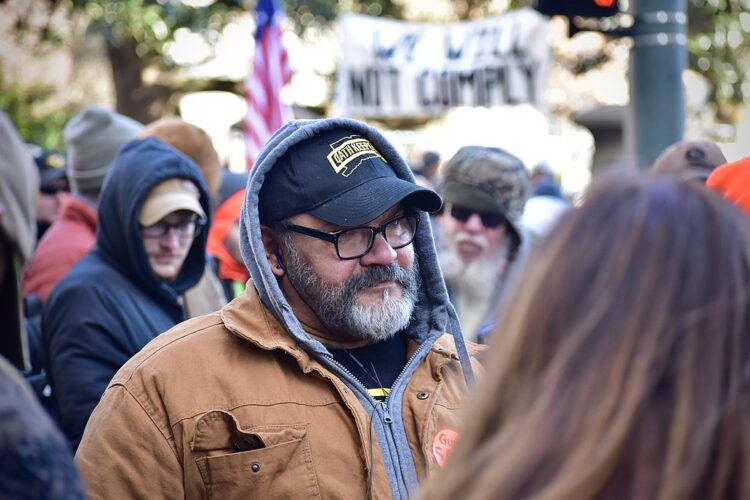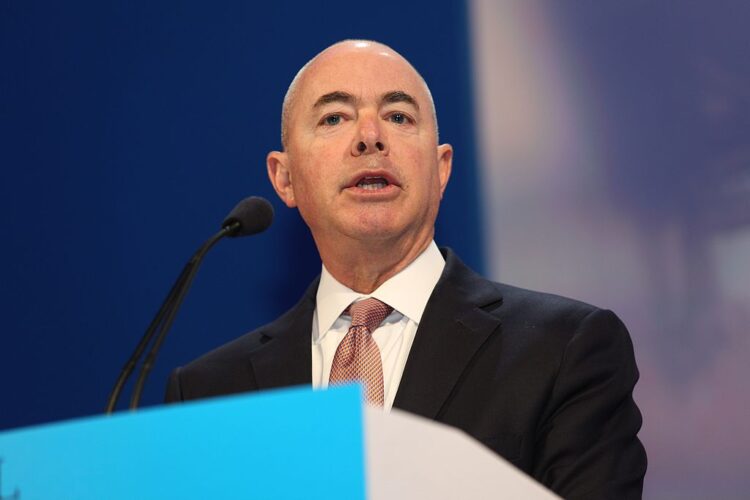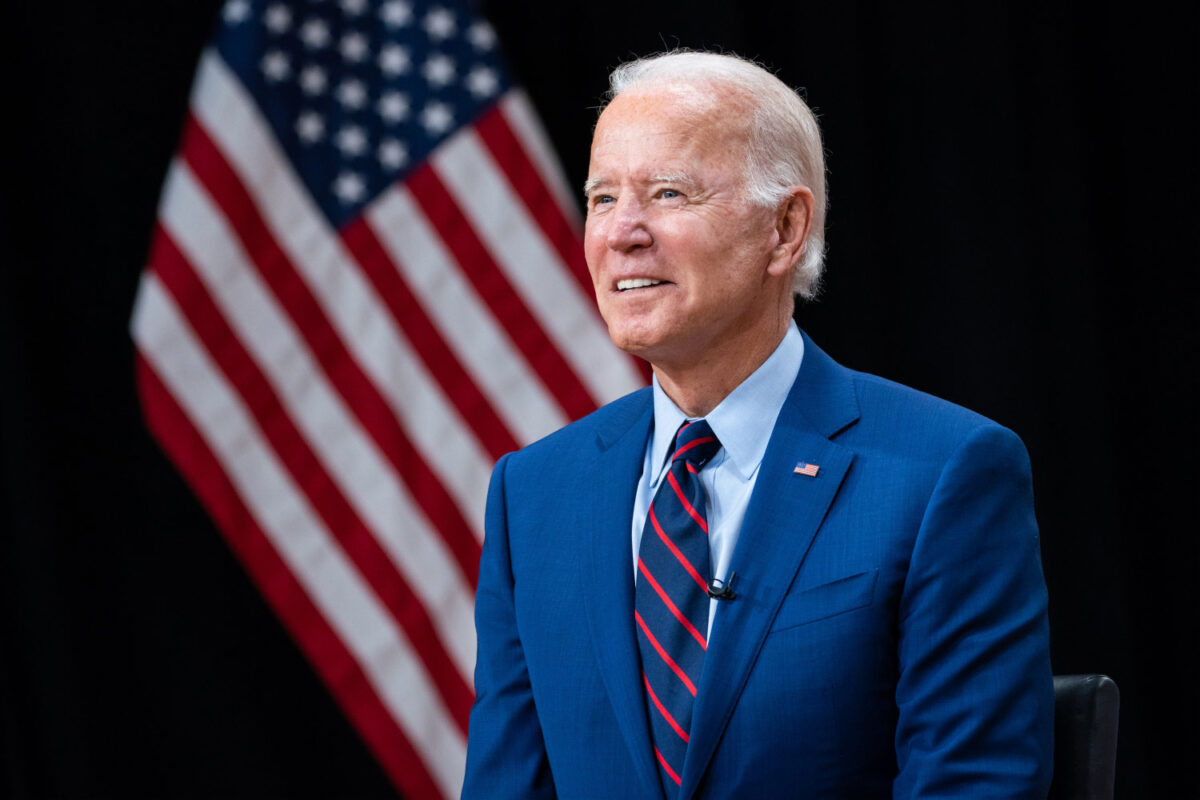Shortly after taking office on January 20, President Joe Biden asked intelligence agencies to submit a report about the rising problem of right-wing extremism in the United States. He requested it following the unprecedented assault on Capitol Hill by hundreds of rioters/insurrectionists on January 6.
A declassified summary was released on March 17, warning that white supremacists, anti-government militia movements and conspiracy theorists present a clear and present threat.
A classified version was sent to the White House and Congress.
The report suggests that white supremacists would most likely target civilians, while militias would attack government employees and police. Lone wolf attackers, or small cells of extremists, pose a danger, too.
By all accounts, Biden is concerned by the phenomenon of right-wing radicalism and considers the battle against domestic terrorism a priority.
Of the more than 300 insurrectionists arrested by the FBI for storming Congress, a fair number belonged to far-right organizations like the Three Percent United Patriots, the Oath Keepers and the Proud Boys.

As Biden told Anderson Cooper on CNN last year, he went into politics because he supported civil rights and opposed white supremacist groups such as the Ku Klux Klan. Biden has singled out domestic terrorism as the country’s “greatest threat” and white supremacists as the “most dangerous people” in America.
Even before the events of January 6, which the far-right now compares with the infamous Waco and Ruby Ridge incidents, the U.S. government warned of the dangers of homegrown militancy and terrorism.
The Department of Homeland Security released a bulletin warning that extremists had been whipped into a frenzy by false accusations by former president Donald Trump that the U.S presidential election had been stolen.

Citing the January 6 attack, the department’s secretary, Alejandro Mayorkas, said that domestic terrorism “poses the most lethal and persistent terrorism-related threat to the homeland.”
Describing this threat as “persistent and evolving,” the director of the FBI, Christopher Wray, said, “Domestic terrorism has been metastasizing … for a long time now and it’s not going away anytime soon.”

The attorney-general, Merrick Garland, warned last month that the United States faces “a more dangerous period than we faced in Oklahoma City.” This was a tacit reference to the deadliest act of domestic terrorism in American history, carried out by right-wing militant Timothy McVeigh in 1995. He blew up the Alfred P. Murrah federal building in Oklahoma City, killing 168 people.
After the Arab terrorist attacks in Manhattan and Washington, D.C. on September 11, 2001, the United States was preoccupied by the specter of Islamic radicalism. The focus shifted to white supremacist militancy and terrorism during Trump’s presidency.
A Unite the Right rally in Charlottesville, Virginia, in the summer of 2017, during which neo-Nazis shouted “Jews will not replace us” and a white supremacist rammed his car into an anti-racist protester and fatally injured her, underscored that issue in bold brushstrokes.
In 2018 and 2019, attackers broke into synagogues in Pittsburgh and California, killing more than a dozen Jews. A kosher food store in Jersey City was also attacked during this period. Last year, a plot by extremists to kidnap the governor of Michigan, Gretchen Whitmer, was uncovered just in the nick if time.

As a rule, right-wing extremism broadly feeds on economic malaise and political grievances. Its followers seek to overthrow the federal government, sow chaos, ignite a race war or a civil war, drastically restrict immigration, and expel minorities such as Jews and African-Americans. They exchange ideas on social media sites like Twitter and Facebook.
According to Colin Clarke, the director of an intelligence and security consultancy in the United States, the far-right scene is expected to grow more diverse, bringing together a melange of white supremacists, conspiracy theorists, militias and other extremists motivated by a deep hatred of the federal government and animated by an attachment to gun culture.
White supremacists have established ties with their European counterparts and have infiltrated the American armed forces. A recent Pentagon report says that military personnel are highly prized because of their martial skills and access to weapons.
Clarke argues that, with Trump no longer in power, some of his of supporters may well drift into white supremacist and neo-Nazi organizations. “These groups are energized and confident in their ability to coop militant Trumpists,” he writes.
During his presidency, Trump downplayed the threat from the far-right and promoted the notion that America was endangered by the left-wing antifa movement. As a result, some right-wing radicals, including the fascist propagandist David Duke, regarded the Trump administration as something of an ally.
In 2019, the FBI embarked on a campaign to combat white supremacists. Shortly afterward, the Justice Department intervened, moving FBI agents and federal prosecutors from investigations of violent white supremacists to cases concerning anarchists who might be affiliated with the antifa movement.
In the wake of Charlottesville, Trump tacitly emboldened right-wing extremists by saying that “very fine people” could be found among white supremacists and their anti-fascist opponents.

During a presidential debate in 2020, Biden asked Trump whether he cared to condemn the Proud Boys. Trump advised the Proud Boys to “stand back and stand by,” suggesting that their services might be required in the future.
Currently, domestic terrorism is not classified as a federal crime due to concerns related to free speech and assembly. But if it receives this designation, federal agencies and departments would have more tools and resources to combat right-wing extremism.
The Biden administration should seriously consider this option.
